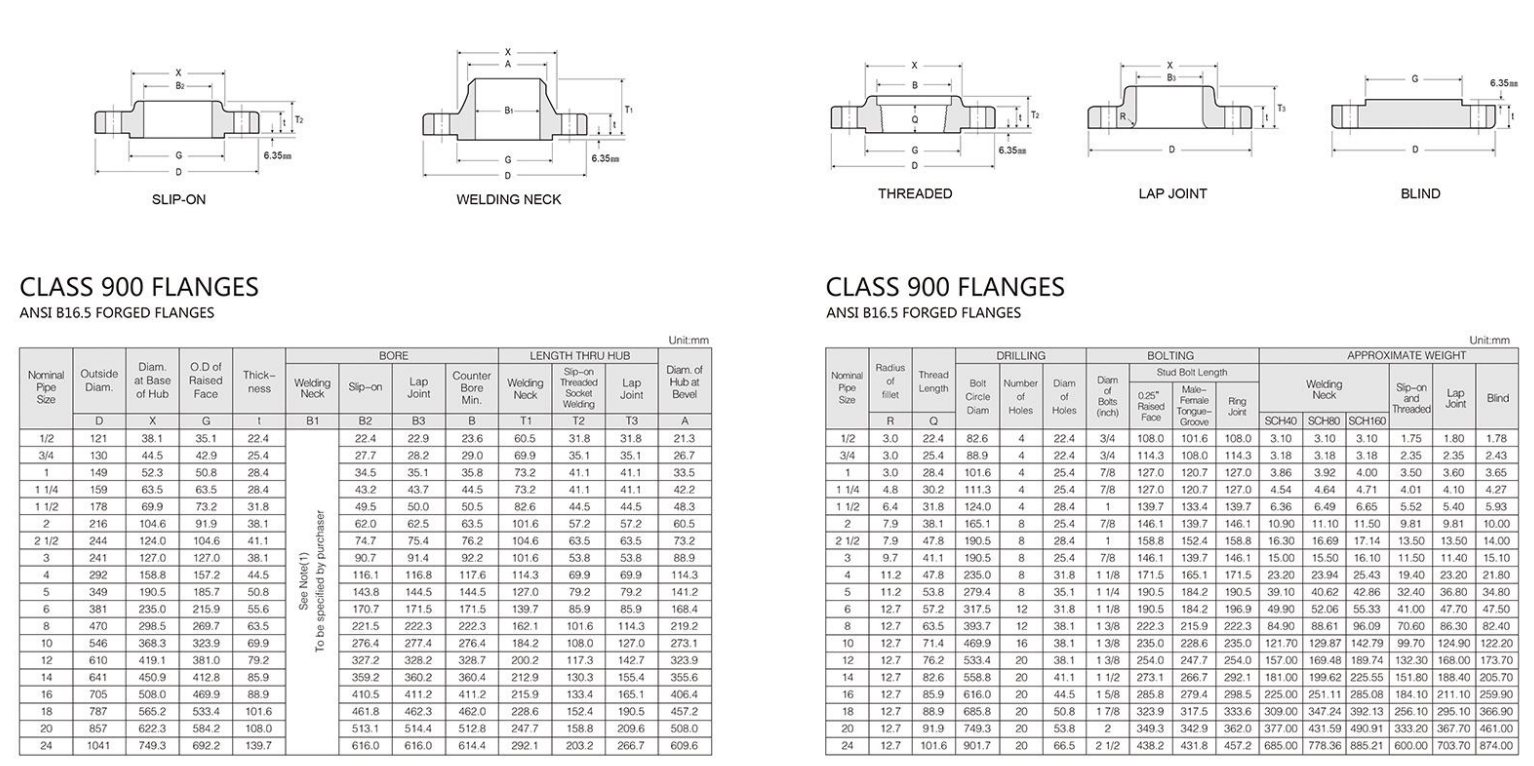-
Cangzhou Yulong Steel Co., Ltd.
-
Phone:
+86 13303177267 -
Email:
admin@ylsteelfittings.com
- English
- Arabic
- Italian
- Spanish
- Portuguese
- German
- kazakh
- Persian
- Greek
- French
- Russian
- Polish
- Thai
- Indonesian
- Vietnamese
- Zulu
- Korean
- Uzbek
- Hindi
- Serbian
- Malay
- Ukrainian
- Gujarati
- Haitian Creole
- hausa
- hawaiian
- Hebrew
- Miao
- Hungarian
- Icelandic
- igbo
- irish
- Japanese
- Javanese
- Kannada
- Khmer
- Rwandese
- Afrikaans
- Albanian
- Amharic
- Armenian
- Azerbaijani
- Basque
- Belarusian
- Bengali
- Bosnian
- Bulgarian
- Catalan
- Cebuano
- China
- China (Taiwan)
- Corsican
- Croatian
- Czech
- Danish
- Esperanto
- Estonian
- Finnish
- Frisian
- Galician
- Georgian
- Kurdish
- Kyrgyz
- Lao
- Latin
- Latvian
- Lithuanian
- Luxembourgish
- Macedonian
- Malgashi
- Malayalam
- Maltese
- Maori
- Marathi
- Mongolian
- Myanmar
- Nepali
- Norwegian
- Norwegian
- Occitan
- Pashto
- Dutch
- Punjabi
- Romanian
- Samoan
- Scottish Gaelic
- Sesotho
- Shona
- Sindhi
- Sinhala
- Slovak
- Slovenian
- Somali
- Sundanese
- Swahili
- Swedish
- Tagalog
- Tajik
- Tamil
- Tatar
- Telugu
- Turkish
- Turkmen
- Urdu
- Uighur
- Welsh
- Bantu
- Yiddish
- Yoruba

Nov . 16, 2024 21:11 Back to list
Understanding Different Types of DIN Flanges and Their Applications
Understanding DIN Flange Types
Flanges play a crucial role in piping systems, providing a reliable method for connecting pipes, valves, and equipment. Among the various flange standards available globally, the DIN (Deutsches Institut für Normung) flange types are particularly notable, originating from Germany and widely recognized for their quality and standardization. In this article, we will explore the various types of DIN flanges, their applications, and the benefits they offer.
Overview of DIN Flanges
DIN flanges are classified based on their dimensions, materials, pressure ratings, and other technical specifications. The most commonly used DIN flange standards include DIN 2576, DIN 2527, DIN 2631, and DIN 2632, among others. Each of these standards serves specific applications and has unique features.
Types of DIN Flanges
1. DIN 2576 Standard Flanges These are flat face flanges with a standard thickness and are typically used in low-pressure applications. They are available in various sizes and material types, providing flexibility for different piping needs.
2. DIN 2527 Flanges This type is designed for higher pressure applications. It features a raised face, which helps to create a better seal. DIN 2527 flanges are commonly employed in chemical and petrochemical industries, where strong and durable connections are paramount.
3. DIN 2631 and DIN 2632 Flanges These flanges are utilized in systems requiring a higher degree of sealing and pressure resistance. They are particularly useful for high-temperature applications. The raised faces of these flanges improve the sealing capability, making them ideal for critical piping systems.
4. Blind Flanges (DIN 2633) Blind flanges are used to close off the ends of piping systems. They do not have a center hole, which makes them effective for sealing systems that may need future maintenance but are currently not in use.
din flange types

5. Slip-On Flanges (DIN 1220) These flanges are designed to easily slide onto the pipe, making installation straightforward. They are typically welded to ensure a secure fit. Slip-on flanges are commonly used in low-pressure applications.
Applications of DIN Flanges
DIN flanges are prevalent across multiple industries, including oil and gas, water treatment, HVAC, food and beverage, and pharmaceuticals. Their robust design allows them to handle a wide range of temperatures and pressures, making them suitable for various media, including gases, liquids, and steam.
Benefits of Using DIN Flanges
One of the key advantages of DIN flanges is their standardization. The uniformity in size and shape allows for easier compatibility among different systems and components, leading to simplified maintenance and reduced costs. Moreover, the high-quality materials and precise manufacturing processes associated with DIN flanges ensure durability and longevity in operational environments.
In addition, the variety of flange types available under the DIN standard means that engineers can select the best flange for specific applications. This flexibility not only enhances the safety and reliability of pipeline systems but also contributes to efficient system performance.
Conclusion
In conclusion, DIN flanges are an essential component of modern piping systems. Their variety of types and standardization make them versatile and reliable for various applications. Whether you are involved in construction, maintenance, or design, understanding DIN flange types will equip you with the knowledge needed to make informed decisions about piping connections in your projects.
Latest news
-
ANSI 150P SS304 SO FLANGE
NewsFeb.14,2025
-
ASTM A333GR6 STEEL PIPE
NewsJan.20,2025
-
ANSI B16.5 WELDING NECK FLANGE
NewsJan.15,2026
-
ANSI B16.5 SLIP-ON FLANGE
NewsApr.19,2024
-
SABS 1123 FLANGE
NewsJan.15,2025
-
DIN86044 PLATE FLANGE
NewsApr.19,2024
-
DIN2527 BLIND FLANGE
NewsApr.12,2024
-
JIS B2311 Butt-Welding Fittings LR/SR 45°/90° /180°Seamless/Weld
NewsApr.23,2024











